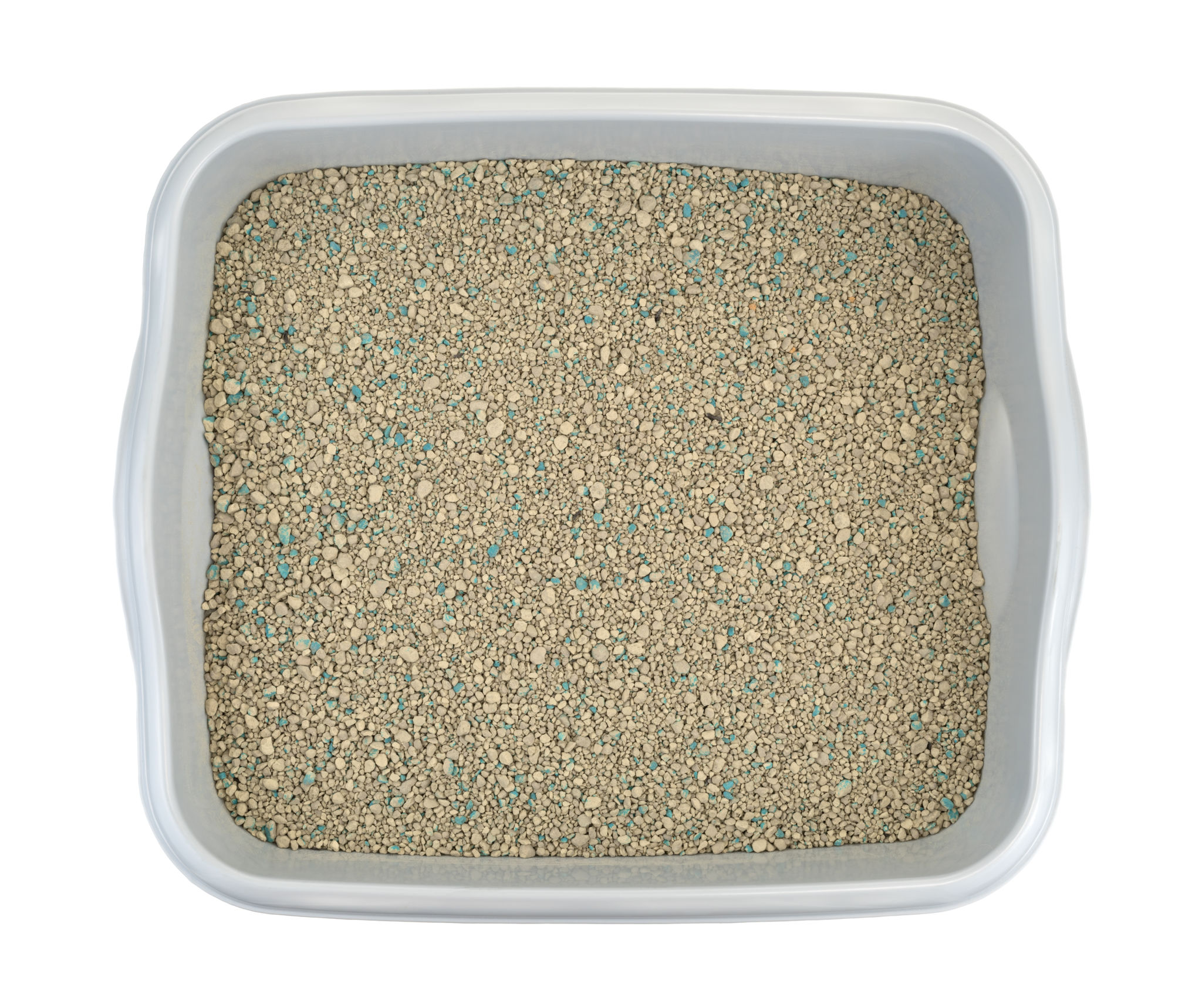Common Cat Litter Problems and Solutions
Understanding Cat Litter Problems
For cat owners, maintaining a clean and odor-free litter box is crucial. However, common issues with cat litter can make this task challenging. From tracking to unpleasant smells, these problems can frustrate both cats and their owners. Understanding these issues is the first step to finding effective solutions.

Litter Tracking
One of the most frequent complaints is litter tracking. Cats often drag litter out of the box on their paws, leaving a trail around your home. This not only creates a mess but can also be unsanitary.
To combat this, consider using a mat specifically designed to catch litter. Placing a textured mat outside the litter box can help trap particles before they spread further. Additionally, try switching to a heavier litter type, as finer particles tend to stick to paws more easily.
Odor Control
Another common issue is the lingering smell of cat litter. Even with regular cleaning, odors can persist, especially in small spaces. This problem often arises from using low-quality litter or not cleaning the box frequently enough.
To tackle odor issues, invest in high-quality, clumping litter that helps absorb moisture and smells more effectively. Additionally, ensure that you scoop the litter box daily and replace the litter regularly. Some litters also come with deodorizing agents that can help keep unpleasant odors at bay.

Litter Box Aversion
Cats are particular about their toilet habits, and sometimes they may avoid their litter box altogether. This aversion can stem from various reasons such as an unclean box, an uncomfortable location, or even health issues.
If your cat is avoiding the litter box, first ensure that it is clean and placed in a quiet, accessible location. Cats prefer privacy, so avoid placing the box in busy or loud areas. If the problem persists, consult with a veterinarian to rule out any underlying health concerns.
Choosing the Right Type of Litter
The type of litter you choose can significantly impact both cleanliness and odor control. With so many options available, selecting the right one for your cat's preferences and your lifestyle is essential.
- Clay Litter: Popular for its clumping properties but can be dusty.
- Wooden clumping: Known for excellent odor control, cats love it. My personal choice.
- Pine or Corn Litter: Eco-friendly options that offer natural odor absorption.

Reducing Dust
Dust from cat litter can cause respiratory problems for both pets and humans. This dust can settle on surfaces around your home and be inhaled by you and your cat.
To minimize dust, opt for low-dust or dust-free litters. You might also consider using an enclosed litter box to contain any dust produced when your cat uses the box. Regularly cleaning the area around the litter box will also help reduce dust accumulation.
Conclusion
Tackling common cat litter problems requires understanding the root cause and implementing appropriate solutions. By choosing the right type of litter, maintaining cleanliness, and addressing specific issues like tracking and odor control, you can create a more pleasant environment for both you and your feline friend. Remember that patience and consistency are key when it comes to finding what works best for you and your cat.
🧡 Martyna
Feline Behaviourist & Nutritionist
Founder of CatZone